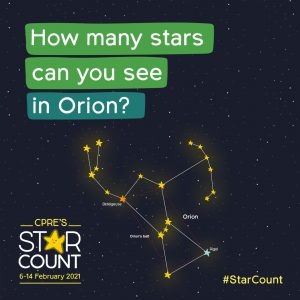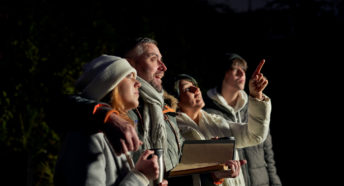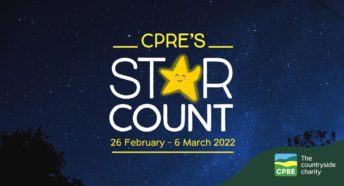Take part in CPRE’s Star Count 6-14 February 2021
Dark starry skies are a beautiful sight, and a distinctive feature of the countryside. But too often, light pollution means that many of us can’t see the stars.
To celebrate our starry skies and to help to protect our view of the stars, CPRE is inviting the nation to be ‘citizen scientists’ and take part in Star Count 2021 – a cosmic census that will help map our view of the stars and the impact of light pollution across the country.
This year, given the coronavirus pandemic and lockdown, we’re asking supporters to take part from home only, and to not travel to take part. You can take part from your garden, balcony, doorstep or even bedroom window.
Just look to the sky on a clear night between 6-14 February, and count the number of stars you can see within the four corners of the Orion constellation. You can count the stars in Orion’s belt, but don’t include the corner stars. You don’t need a telescope or any equipment to take part, just a sense of curiosity and a view of the sky.

We will use everyone’s results to produce a map of the best and worst places in England to enjoy a star-filled night sky, and where more needs to be done to tackle light pollution.
Light pollution impacts our experience of the natural wonder of the night sky, blurs the distinction between town and countryside, and disrupts wildlife. CPRE’s Night Blight maps show that just 22% of England is untouched by light pollution, and our 2020 count revealed that 61% of participants live with severe light pollution.
Star Count is taking place with support from the British Astronomical Association.
Register NOW to take part and submit your results at https://www.cpre.org.uk/starcount








